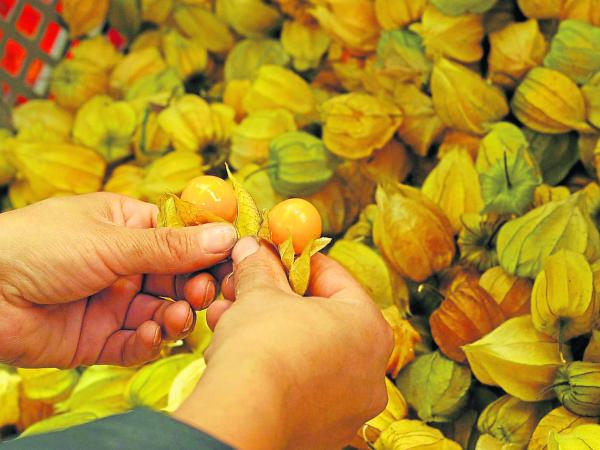Colombia is a source of production of exotic fruits that are marketed internationally and position the country as the ninth producer of these fruits.
(The SMEs that extract the ‘juice’ from exotic fruits).
According to the analysis of ProColombia, with figures from the National Administrative Department of Statistics (Dane), Gulupa between January and April 2022, presented a sale of US$21.8 million in foreign trade, increasing 21.1% in its variable compared to the same period of time in the previous year. Another of the exotic fruits that is most commercialized in international territories is the cape gooseberry, for its part, according to ProColombia, between the months of January and April, the fruit achieved sales of US$15.8 million, US$2.2 million more, compared to same period of 2021.
These sales increased their variable by 16.6%. For Alejandro Angel, general manager of Caribbean Exotics, “We hope to have a total growth of 18% for the year to achieve the goal for 2025 of exports of cape gooseberry from Colombia of US$100 million.”
In the case of cherimoya, soursop and other anonas, for the first period of the year, they increased by 94.1%, going from US$94,265 in 2021 to US$182,963 in the same period from January to April 2022. , Carolina Lopera, representative of Colguanábana, affirms that “soursop exports are not taking place as we expect, due to weather difficulties.”
(Legumes, fruits and coffee drive agricultural exports).
In addition to the three fruits mentioned above, there is passion fruit, which presented a variation of -9.4%, going from US$2.8 million in the first four months of 2021 to US$2.5 million in the same period of 2022. According to the manager of Caribbean Exotics, the decrease is due to the intense rains that affect the quality of the fruit and its export due to the increase in fungi and diseases. “The demand exists and I wish we had a lot of granadilla but it is not giving us the quality” he concludes.
Exports of passion fruit fell by -7.7%, as did tree tomato, which decreased by -13.8%. The curuba decreased by -13.15 and the pitaya that presented a variation of -0.1%. The lulo was the fruit that presented the greatest downward trend with -42.6%, going from US$108,522 last year, compared to the US$62,303 reflected in the first four months of this year.
Between January and April, the country exported a total of US$42.4 million in exotic fruits, increasing 15.6% compared to the previous year. The main importing nation was the Netherlands with sales in the order of US35.5 million.
DIANA K. RODRIGUEZ T.

















